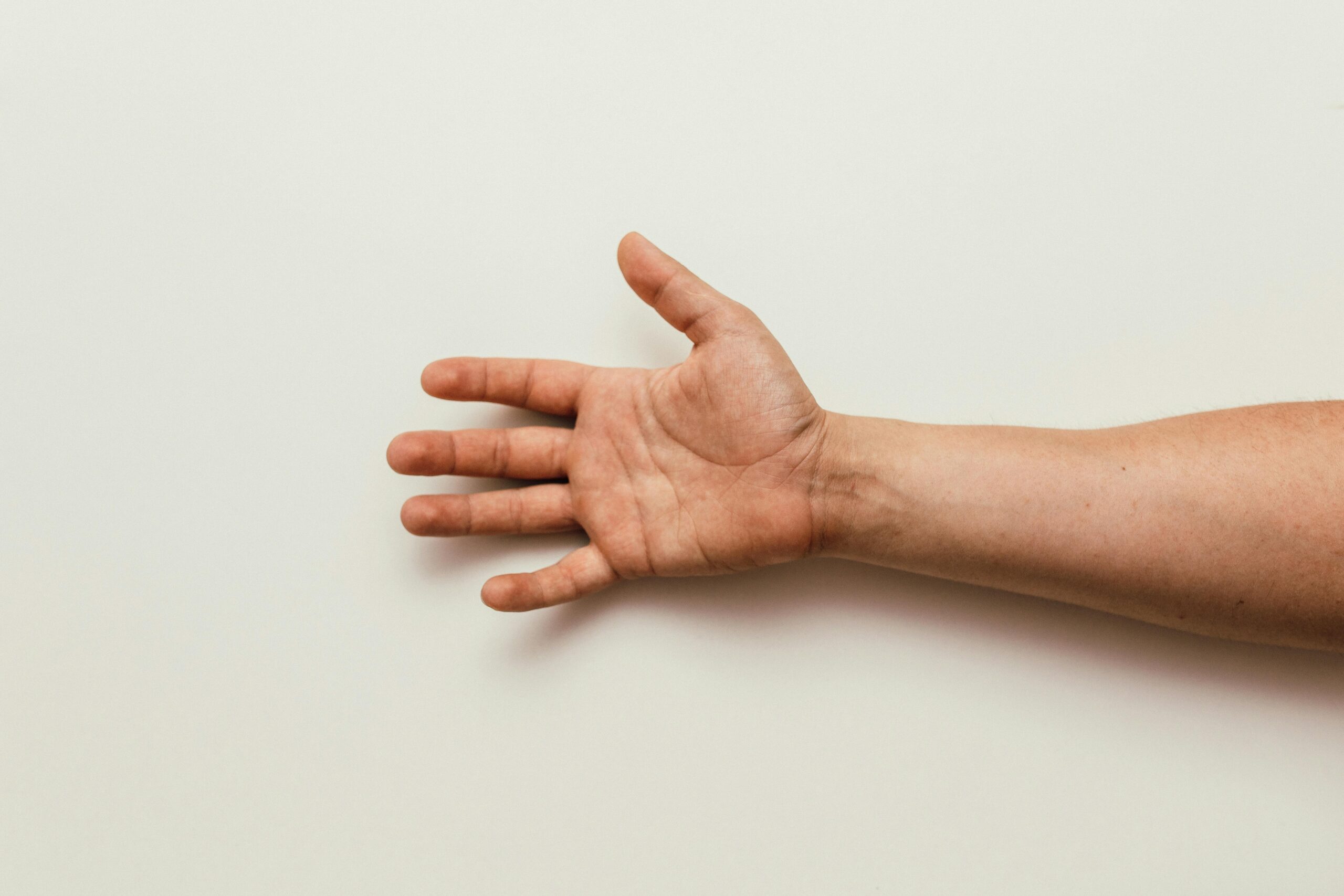How Physiotherapy Helps Reduce Nerve Pain?

Nerve pain is the most annoying form of pain. It makes mobility nothing but a struggle. Doing even the most basic tasks can seem overwhelming due to the pain. But, there’s light at the end of the tunnel. As per a 2021 systematic review and expert consensus, physiotherapy can help you fix nerve damage considerably. It is also often recommended as a complementary treatment for the best outcome. So, is it safe and effective to choose physiotherapy for nerve pain? Let’s find out.
What Does Nerve Pain Look Like?
Nerve damage symptoms vary from other conditions, such as musculoskeletal pain. The former causes burning, stabbing or shooting painful sensations. You may also experience weakness or numbness in the affected area.
The pain may not be constant. It comes and goes like a wave in some cases. There are three main types of nerve injuries, such as neuropraxia, neurotmesis and axonotmesis.
Neuropraxia occurs when nerve conduction is blocked. The nerve, however, stays intact. Axonotmesis damages the internal nerve keeping the outer nerve intact. Neurotmesis is a more serious injury where the nerve may be ruptured.
The first symptoms usually start with a shooting pain or increased sensitivity. You should consult with a physical therapist as soon as you feel the above-mentioned symptoms. This ensures a smooth and effective recovery process.
How does Physiotherapy work on Nerve Injuries?
Nerve pain can occur due to various reasons. Existing medical conditions such as diabetes, nerve disorders or thyroid can damage the nerves. A pinched nerve is one of the most common causes of nerve injuries. Swelling in your ligaments or a disc bulge can end up compressing or pinching the nerve, which exerts an abnormal pressure on the same, causing chronic pain.
Here are the most effective physical therapy treatments for nerve pain:
Exercises
A compressed nerve stiffens the associated joints and muscles. Thus, you may struggle to move during these cases. Exercise can help restore normal movement. It releases tension and improves muscle flexibility.
As per the Foundation for Peripheral Neuropathy, exercises that boost aerobic capacity, balance and strength can reduce nerve pain symptoms. They start with reducing cytokines, substances that promote inflammation and pain. According to a recent study, exercise and diet are equally responsible for reducing nerve pain.
Different exercises have different purposes. Strengthening exercises, for instance, boost blood flow and muscle strength in the area. Range of motion exercises, on the contrary, improves circulation and mobility.
Soft tissue manipulation (Massage Therapy)
In the case of nerve injuries, you want to relax the nerves as much as possible. And the best way to do this is through therapeutic massages. Swedish massages work best for neuropathy pain since they include light and soft strokes.
Soft tissue manipulation reduces muscle tightness, stress levels and blood pressure. It triggers the natural healing response of your body, thereby engaging you in your own recovery.
TENS
TENS or Transcutaneous Electrical Nerve Stimulation is a machine your physiotherapist may recommend based on the kind of nerve pain you are experiencing. The therapist attaches the sticky pads connected to the device on one end to your skin. Once activated, the electric signals from the device relieve pain and reduce muscle stiffness in specific areas.
The device emits a mild electrical current. Hence, the process is painless and yet effective. The signals inhibit the pain signals sent from the spinal cord to the brain. This relaxes muscles and reduces pain. It also relieves muscle spasms caused due to various conditions like sports injuries, arthritis and pelvic pain.
Physiotherapy starts with identifying the main cause of the pain followed by treating the problem from its core. A pinched nerve in one part of the body often causes pain in some other part. Hence, physical therapists detect the origin of the pain and prescribe the best treatments for your condition accordingly.
Is Physiotherapy Safe for Neuropathy Pain Management?
Yes, physical therapy is safe to control neuropathy pain and restore normal movement. It is non-invasive and has no side effects. The physical therapist assesses your injuries first before prescribing the best-suited treatments for your condition.
Physiotherapy First is one of the most reputed multidisciplinary clinics in Brampton. We have several years of experience in helping patients find relief from neuropathy pain. Get your symptoms addressed today for a hassle-free recovery process.
Blog Categories
- Acupuncture Treatment (10)
- Ankle Sprain (1)
- Arthritis Treatment (1)
- Back Pain (23)
- Chiropractic Care (38)
- Tennis Elbow (1)
- Chronic Pain (5)
- COVID-19 (1)
- Custom Orthotics (6)
- Dizziness (4)
- Exercises (13)
- Foot Orthotics (6)
- Hamstring Stretches (2)
- Info Articles (3)
- Kids Injury (1)
- Laser Therapy (4)
- Massage Therapy (21)
- Neck Pain (16)
- Orthopedic (1)
- Osteoarthritis (5)
- Osteopathy (3)
- Pain Management (18)
- Physiotherapy Benefits (44)
- Physiotherapy Clinic (6)
- Physiotherapy Exercises (12)
- Physiotherapy Tips (25)
- Physiotherapy Treatment (100)
- Rotator Cuff (2)
- Shin Splints (1)
- Shoulder (2)
- Spine (4)
- Sports Physiotherapy (2)
- Uncategorized (1)
- Vestibular Physiotherapy (2)
- Work From Home (2)


